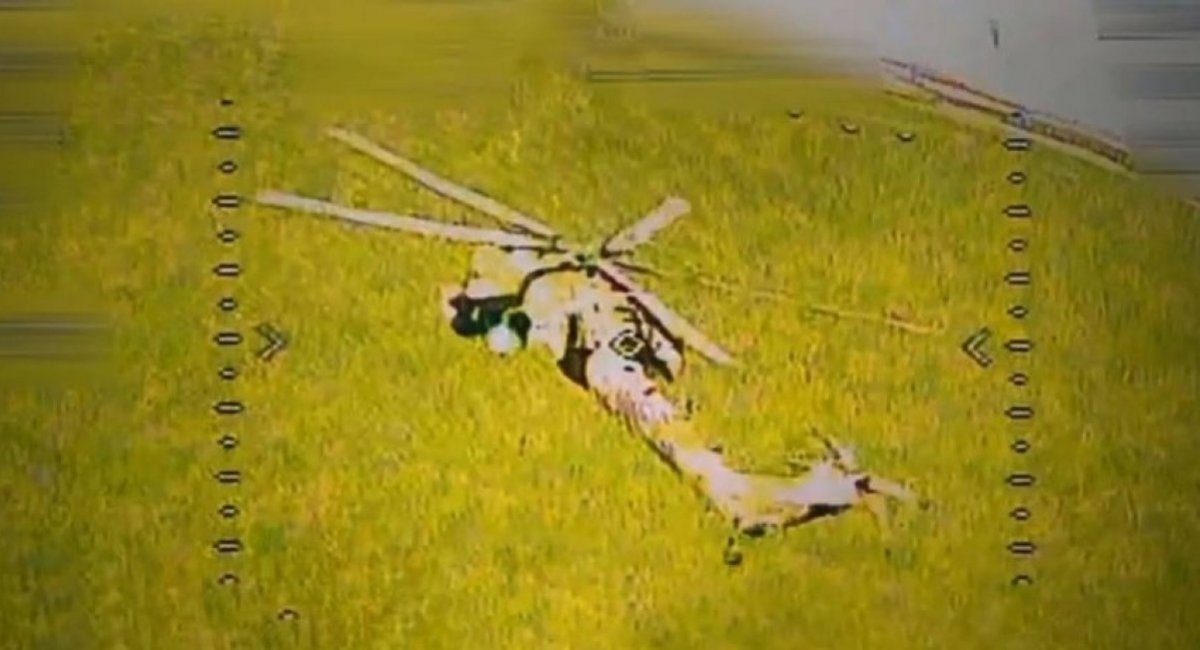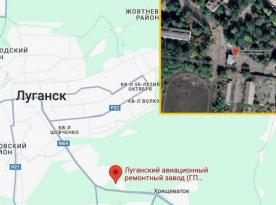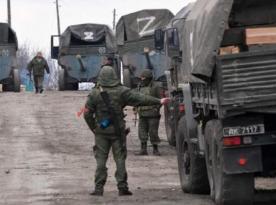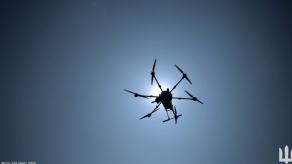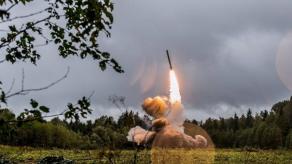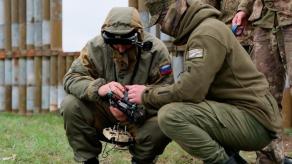Strike on a russian Mi-28 helicopter over the Ukrainian battlefields, with a hit landing on its tail, is a remarkable event, not only from a technical but also a historic point of view. For one, it became the first recorded instance of a helicopter taking a hit from a drone, unprecedented in war history. Secondly, it's significant as a milestone on the path of developing cheap and mass-produced, hence efficient air defense weapons. Ukrainian engineers have been heavily invested in this effort since the very outbreak of russia's larger invasion.
And Ukrainians are not alone. The search for an effective solution against hostile drones and loitering munitions was pursued by many, including U.S. weapon makers. Raytheon's (now renamed as RTX) Coyote was conceptually similar in its inception, although transformed drastically in the process of development. But let's start from the beginning, one step at a time.
Read more: FPV Revolution: Ukrainian Drone Intercepts a russian Mi-28 Helicopter

The mentioned episode of the Mi-28 downing featured an unmanned aerial vehicle described as a first-person-view (FPV) drone, namely a small copter usually fitted with a battery and a grenade or warhead attached for explosive action. In a simplified way, it was the first propeller-driven weapon to ever hit a helicopter. But not the first one designed.
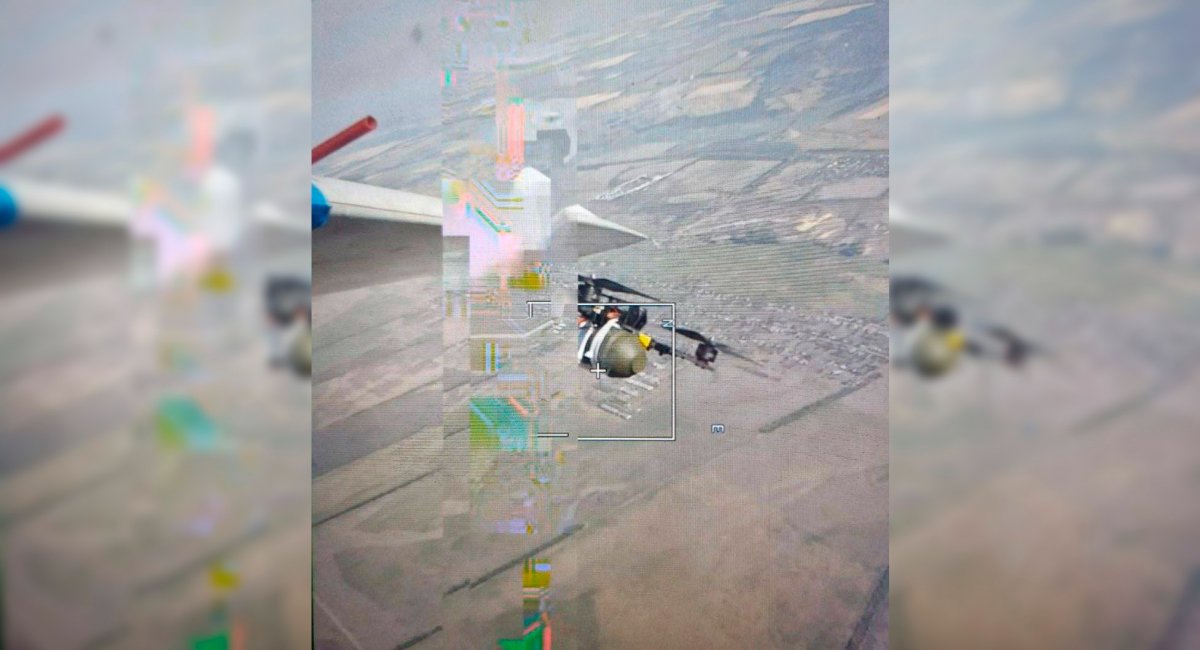
Long before the start of the russian armed invasion of Ukraine in February 2022, there were attempts to create a simple counter-unmanned aerial system (C-UAS) solution. A system known as the FS-LIDS deploys effectors named Coyote Block 2, a subsonic jet-propelled interceptor drone with a target engagement range of 15 kilometers.
Its predecessor, Coyote Block 1, was an electric-powered, propeller-driven drone similar in design to Switchblade loitering munitions. However, tests showed that this configuration could not produce a kinetic energy high enough to effectively strike down aerial threats, so the propeller was replaced with a jet engine in the next modification.
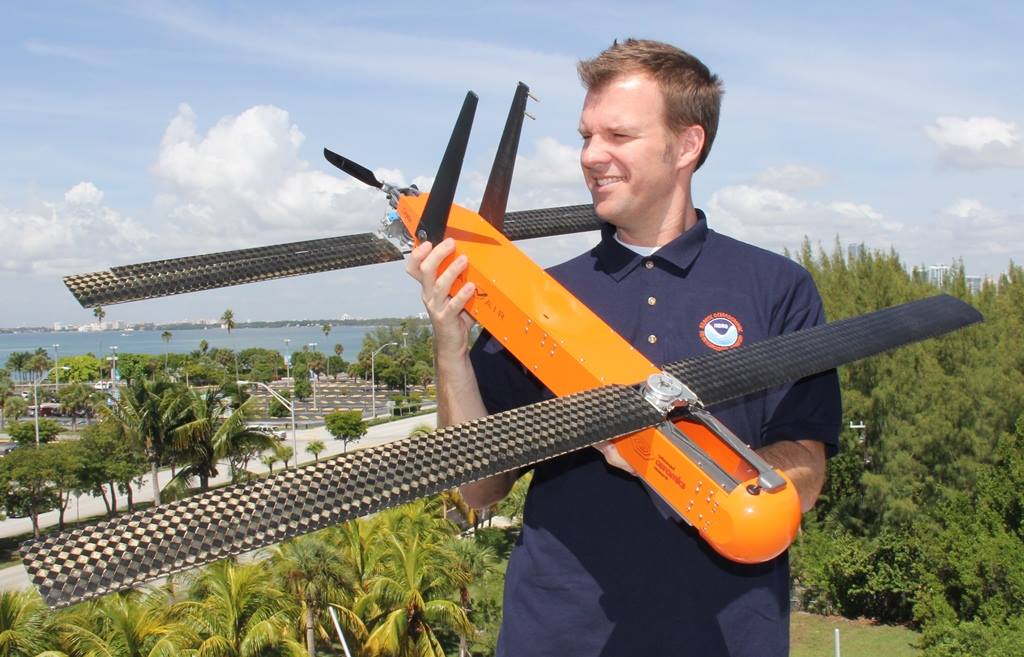
That brings us to the point that Ukrainian FPV interceptor drones might need many improvements before they reach their full potential and become a fully capable threat to russian rotorcraft aviation. Still, the fact is that their development is facilitated by real application experience and tangible losses inflicted to the enemy forces, even though the damage can be fixed by repairs. For now, that is.
Read more: Ukraine Undermines russian Air Defenses in Crimea, Forcing russia to Divert Resources



